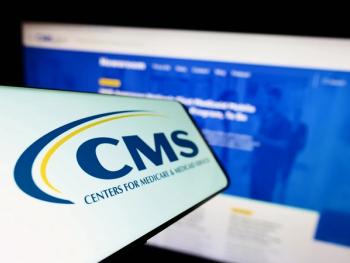
Nine Treatments for Genetic Disorders in the Offing, Says Vizient Report
Humira and Sterlara are still the mainstays of spending, but Vizient that expenditures on drugs that treat genetic disorders will climb to $25 billion in 2026,
Nine treatment for genetic disorders could be approved this year and next as the expensive therapies that work at the genetic level become more common, straining budgets, according to a Vizient report on drug expenditures.
Familiar drugs such as Humira (adalimumab), Stelara (ustekinumab), Keytruda (pembrolizumab) and now semaglutide (sold as Ozempic for diabetes and as Wegovy for weight loss) continue to top the list of drug expenditures by Vizient’s hospital and nonacute clients. The list of drugs that Vizient projects will have the largest price hikes in 2025 also includes some familiar names: Prolia and Xgeva, the brand names for denosumab which is used to treat osteoporosis and bone loss; Keytruda, Skyrizi (risankizumab), Dupixent (dupilumab).
The report notes that Stelara (ustekinumab) has led the list of drugs with price hikes in the offing, but with the expected launch of Stelara biosimilar in January 2025, no price hike is expected.
The report lists some of the difficulties that genetherapies pose for hospitals, which range from working with payer to draw up single-case agreements to the operational challenges of preparing and handling such therapies. The Vizient experts said they anticipate 35 novel therapies to be on the market by 2026 and expenditures to reach $25 billion. Vizient is promoting itself as supplier of an array of services that would support gene therapy.
Here are the nine gene therapies listed in the Vizient report with FDA-approval dates this year or next:
2024
Miplyffa (arimoclomal), Sept. 18. First-in-class oral drug and first treatment option of Niemann-Pick Disease Type C. Estimated wholesale acquisition cost (WAC) price: $250,000 to $500,000
N-acetyl-l-leucine, Sept. 24. Oral modified amino acids and first treatment for Niemann-Pick Disease Type C. Estimated WAC price: $250,000 to $500,000
Upstaza (eladocagene exuparvovec), Nov. 13. One-time intravenous therapy for patients 18 months and older with aromatic L-amino acid decarboxylase. Estimated WAC price: More than $3 million for a single dose.
Govorestat, Nov. 28. Once-daily aldose reductase inhibitor for galactosemia. Estimated WAC price: $250,000 to $500,000.
Acoramidis, Nov. 29. Oral small molecule stabilizer of transthyretin for stabilizer of transthyretin amyloid cardiomyopathy. Estimated WAC price: $275,000 to $350,000.
Olezarsen, fourth quarter. Once monthly subcutaneous RNA-targeted ligand conjugated antisense medicine for the treatment of familial chylomicronemia syndrome. Estimated WAC price: $400,000 to $600,000.
Vanzacaftor/tezacaftor/deutivacaftor, fourth quarter. Once-daily triple cystic fibrosis transmembrane conductance regulator modulator regimen for cystic fibrosis. Estimated WAC: $350,000 to $450,000.
2025
Elamipretide, Jan. 29. Subcutaneous mitochondrial tetrapeptide that binds and stabilizes cardiolipin; first treatment option for Barth syndrome. Estimated WAC price: $250,000 to $500,000.
Crinecerfont, April 30. Oral selective corticotropin-releasing factor type 1 receptor antagonist for congenital adrenal hyperplasia due to 21-hydroxylase deficiency. Estimated WAC: $100,000 to $300,000.
Newsletter
Get the latest industry news, event updates, and more from Managed healthcare Executive.




















































